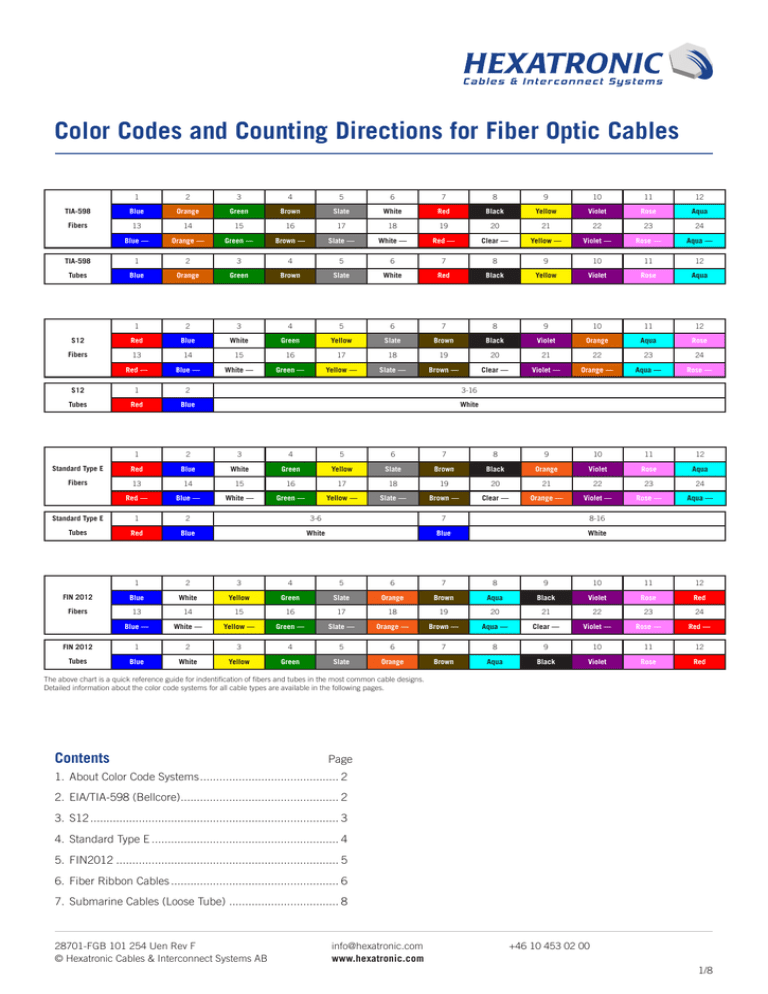
Color Codes and Counting Directions for Fiber Optic
The color code for fiber optic cables serves as a visual guide that aids technicians and engineers in identifying different cable types, connectors, and fiber strands within a network. This standardized system streamlines installation processes, minimizes errors, and facilitates quick identification during maintenance or repairs.
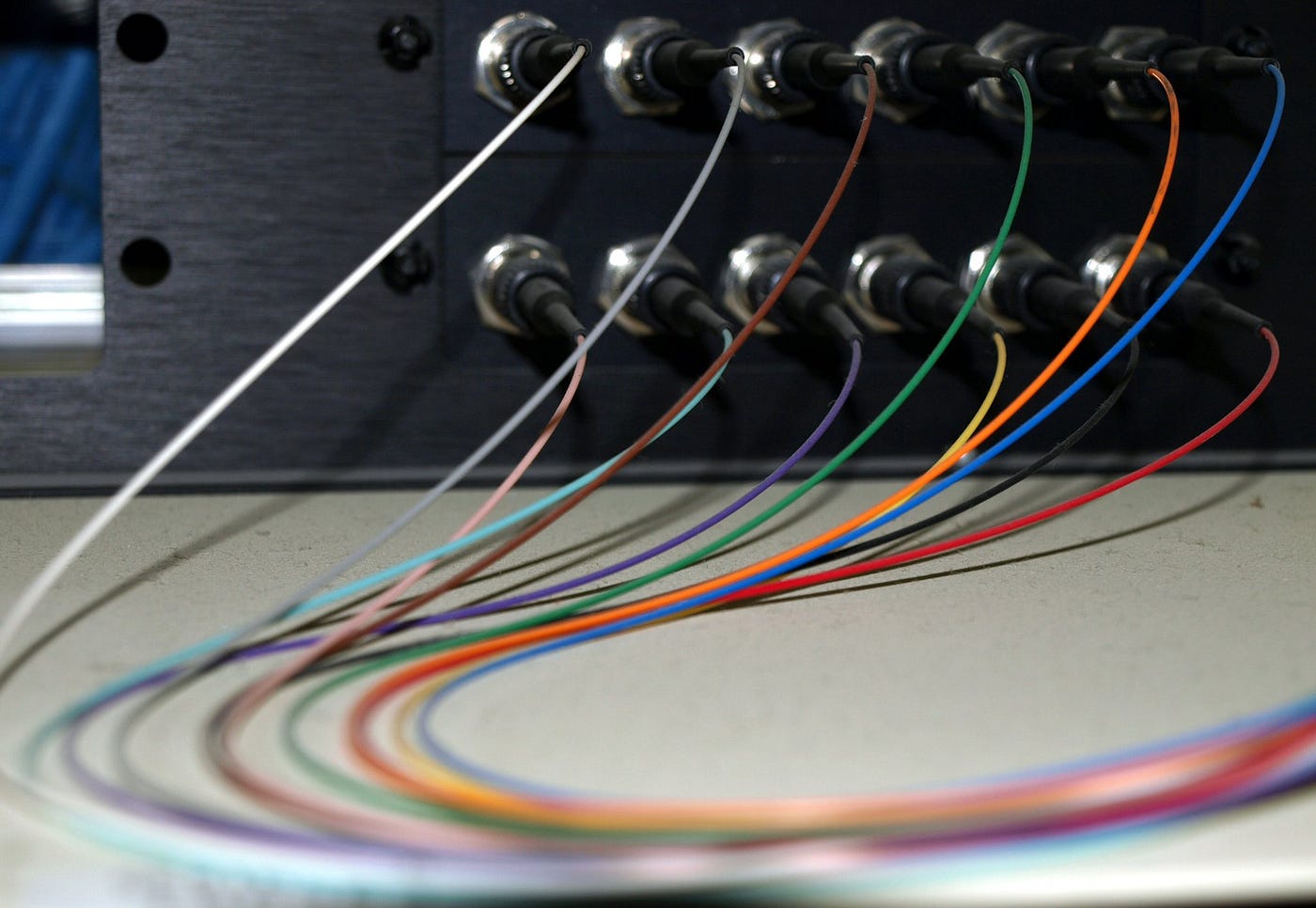
Importance of Using Fiber Color Codes in Data Center by Orenda Medium
The Telecommunications Industry Association 's TIA-598-C Optical Fiber Cable Color Coding is an American National Standard that provides all necessary information for color-coding optical fiber cables in a uniform manner.

Cable Color Code Fiber optic connectors, Color coding, Fibre optics
Connector Shade Code. Now let's talk concerning the fiber ink codes of optical connectors. In general, we can use different color coding to help identify this type are connector used on a fiber lens patch cord.The standards multimode OM1/OM2 fiber sewing cords are generally colored within beige press black, while OM3 and OM4 are aqua and magenta, respectively.
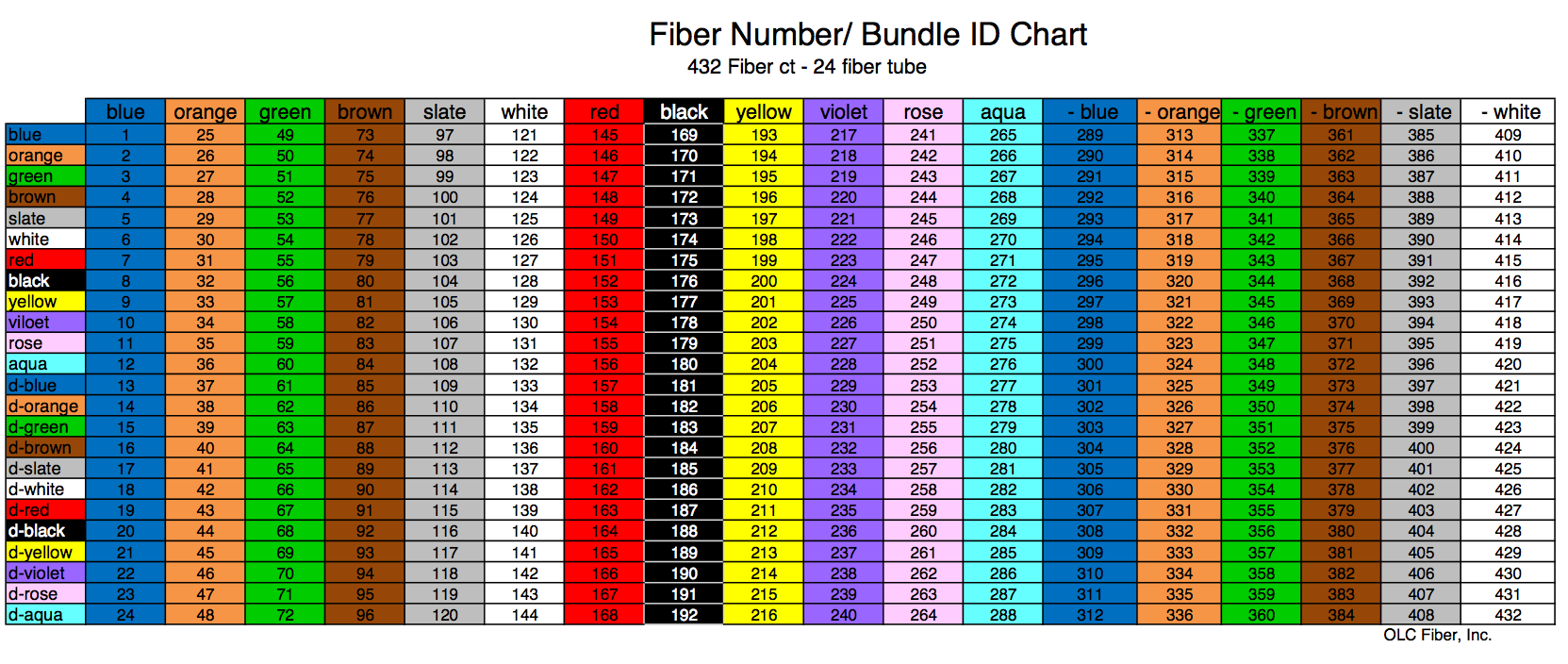
Fiber Optic Color Code Chart For 144 and 288 Count Cables Fiber Optic Splicing Services
Fiber color code is a standard for quickly identifying fibers, cables, and connectors. The Telecommunications Industry Association (TIA) especially launched the TIA-598 standard. This standard addresses the manufacturer's fiber color codes to follow and reference. We can divide color code into three categories for the different segments.

Fiber Optic Color Code
The Need for Color Coding; Fibre optic cables typically house numerous fibre cores, each responsible for transmitting data. To manage and troubleshoot these cables effectively, it's essential to label and distinguish each core. This is where color coding comes into play. Colour-coded fibres simplify the installation process and help.
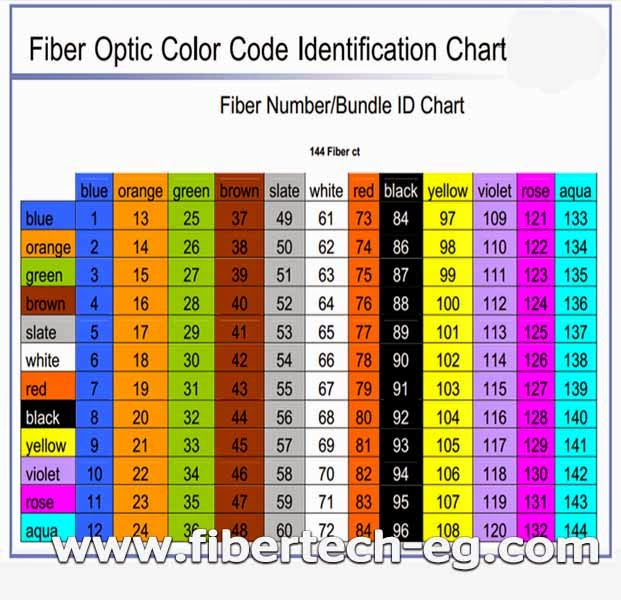
Fiber Color Coding Chart
One way the industry identifies the type of fiber is by color-coding the PVC cable jacket. Let's look back to learn why color-coding is relevant: For the first generation of multimode fiber 62.5/125-um (OM1), all cabling jackets were orange.

Fiber Optic Color Codes by Fiber Type Fiber optic
Fiber optic cable color code is a system that helps us distinguish fiber types visually from the colored fiber jacket, fiber connector, fiber boot, etc. The optical fiber color coding is also practical for fiber optic engineers during splicing, because the colorful fibers also help ensure the continuity of color codes throughout a cable run.

How to remember color coding easily Fiber Color Code Chart Cable Splicer Tech 12F 6F 4F
Fiber optics depends on color codes to identify components and ensure correct connections when splicing or connecting fibers to other fibers or communication.

Fiber optic color standard Yellow, aqua, or orange? The meaning...
1. Repeated black fiber-20 will be transparent (opaque) with black tracer For Corning Optical Communications' MiniXtend® HD Cable with 24 fibers per buffer tube, the fiber identification will follow a similar fiber color code. The first 12 fibers will be the standard color; fibers

Yellow, aqua, or orange? The meaning of fiber optic color standard
Fiber color codes are a simple but effective way to identify different types of fiber. This blog post explains everything you need to know about fiber color codes, including what they are, why they're important, and how to use them. You'll also learn about the different fiber color codes used for cable jackets, connectors, and inner fibers
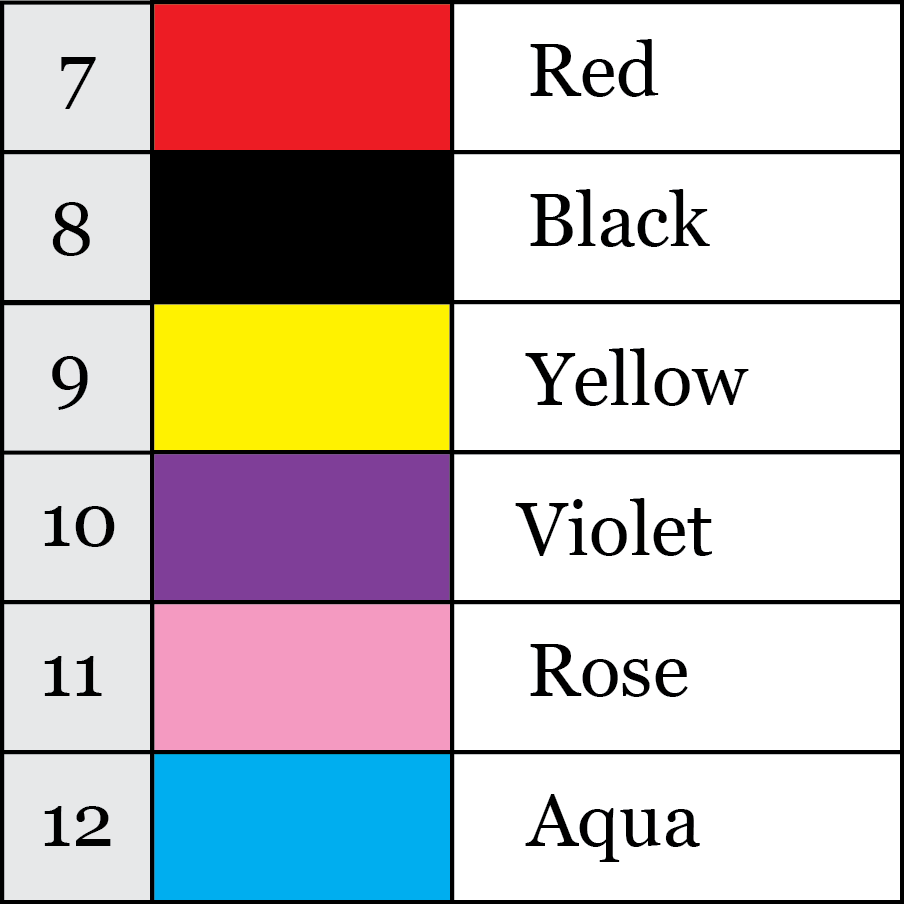
Standard Fiber Optic Colour Codes Nine Micron Inc
For instance, in a complex fiber installation with multiple lines and connectors, color coding can make locating particular cables and patches easy, minimizing downtime and reducing the risk of damage. The most common connector color codes for fiber optic cables include blue, orange, green, brown, gray, and black.

How to Identify the Fiber Patch Cord Color Code? Fiber Optic Social Network
The most common used colors to code these are: Orange or Slate for OM1; Orange for OM2; Aqua for OM3; Violet or Rose for OM4; Lime for OM5; Yellow or Green for OS2. Another part of cabling that can use color coding is the connector. These colors can help with knowing which connectors should be used for certain fiber types too:
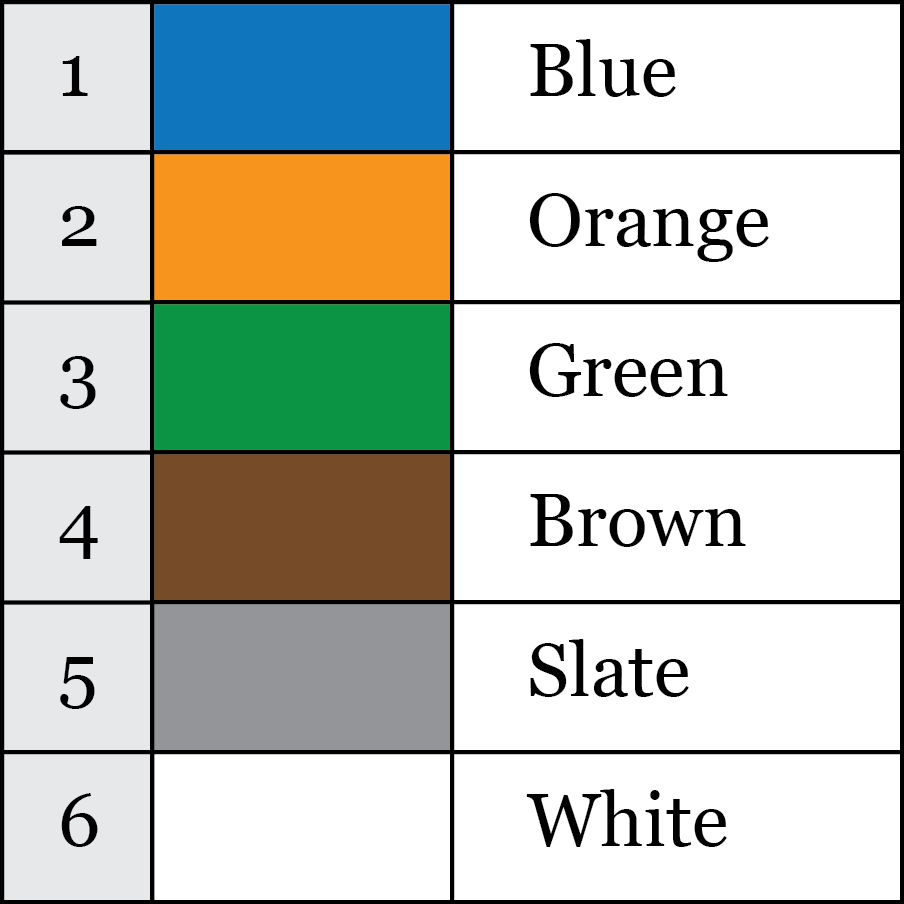
Standard Fiber Optic Colour Codes Nine Micron Inc
Standards For Color Codes There is a color code standard in TIA, TIA-598 that addresses fiber optic color codes, which most manufacturers adopt and reference, although there are many exceptions based on customer requirements or preferences. Here is what TIA-598 recommends: Cable Jacket Colors
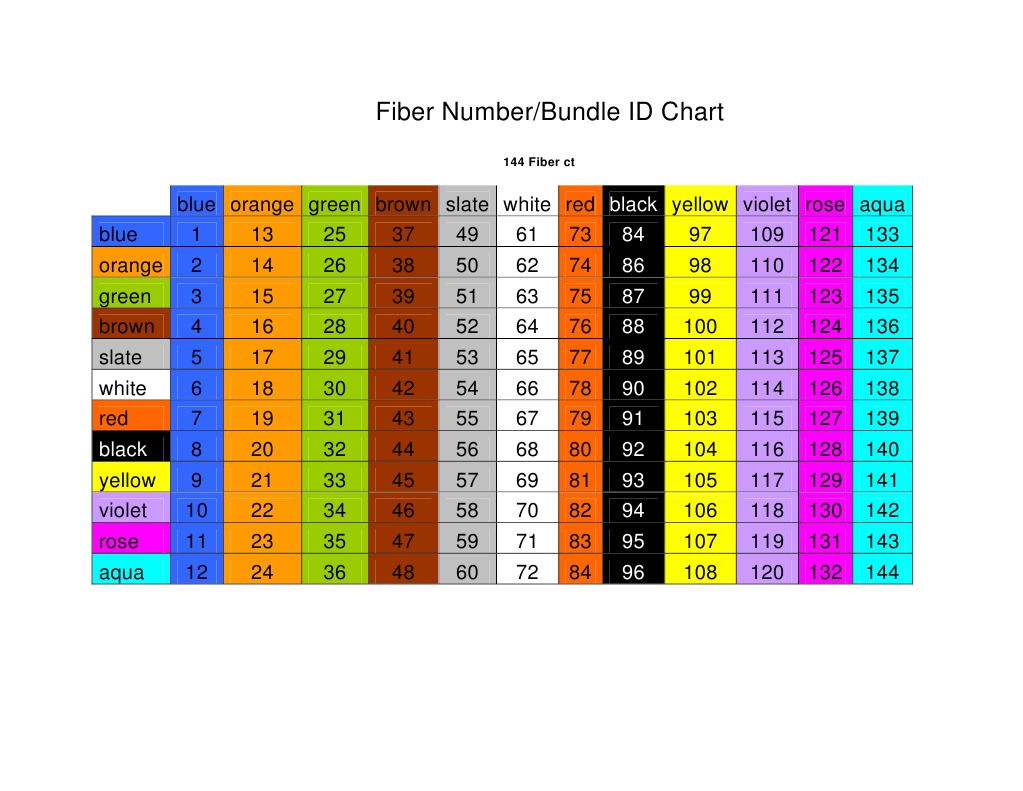
Fiber Number Color Code
The color codes for fibers are based on the color codes used for many years with copper cables, with colors from 1 to 12 like this: Thus, a 144-fiber loose tube cable would have 12 tubes color-coded as above, containing 12 fibers that are each color-coded in the same sequence.

Fiber Optic Cable Color Code Chart Pdf
Fiber Optic Color Code for Jackets (TIA-598) OM3/OM4 Interconect series, riser, plenum and LSZH MMF - 62.5/50μm, OM1/0M2+ Interconect series, riser, plenum and LSZH Single-Mode including Bend-Insenstive Fiber Interconect series, riser, plenum and LSZH Hybrid Indoor-Outdoor Cables and Outside Plant Cable All Fiber Types
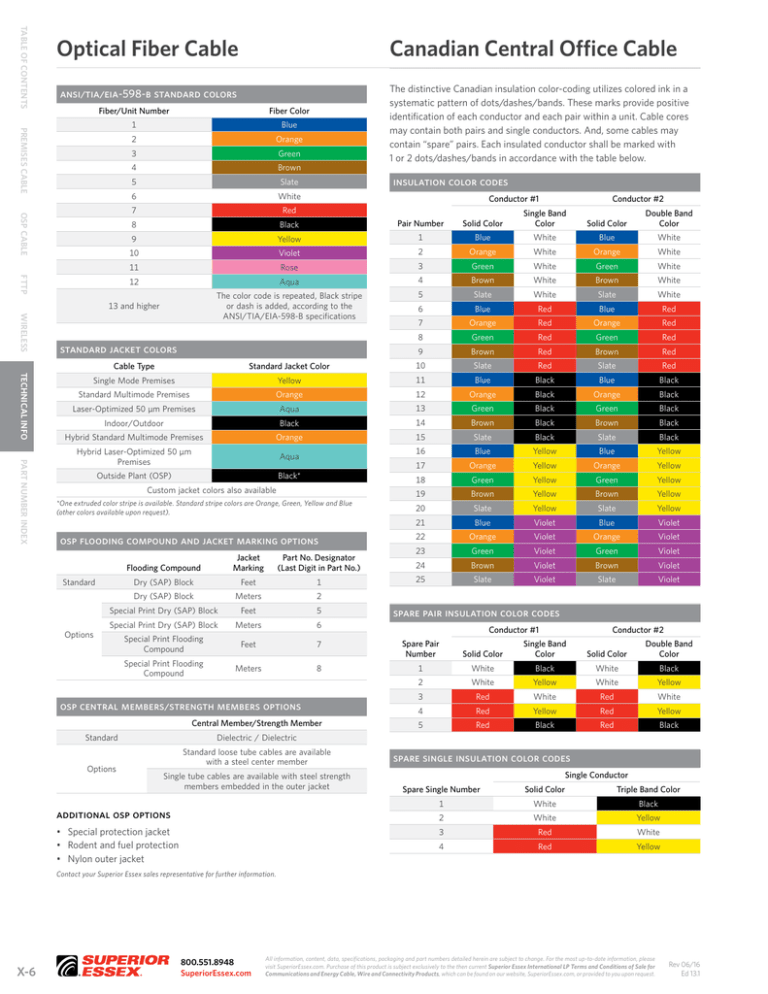
fiber optic color code standard Cordia Coulter
The colour scheme is described in ANSI/TIA-568-C.2 standard and it is a mechanical means used to identify fibers and their type. This is a chart that summarizes the standard colors, their sequence and their proper names. The value of this colour code is realized during a big termination job. It helps the installer to keep everything neat, tidy.